Comparison of Properties between Aluminum Nitride Ceramics and Silicon Carbide Ceramics
Aluminum nitride ceramics (AlN) and silicon carbide ceramics (SiC) are high-performance engineering ceramic materials widely used in fields such as electronics, semiconductors, and machinery. They each have advantages in thermal conductivity, hardness, electrical properties, chemical stability, and are suitable for different application scenarios.
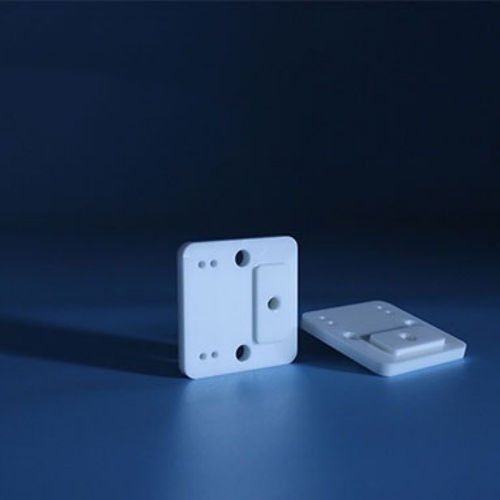
1、 Thermal properties
-Thermal conductivity:
-Aluminum nitride ceramics: have high thermal conductivity, with a thermal conductivity of up to 170-260 W/m · K. This characteristic makes it perform well in heat dissipation management of high-power electronic devices.
-Silicon carbide ceramics: Single crystal silicon carbide has a high thermal conductivity, reaching 120-150 W/m · K, but in polycrystalline form, its thermal conductivity will significantly decrease.
-Thermal expansion coefficient:
-Aluminum nitride ceramics: The thermal expansion coefficient is 4.5 × 10 ⁻⁶/℃, which is similar to that of silicon (3.5-4 × 10 ⁻⁶/℃), allowing it to reduce thermal stress in semiconductor packaging.
-Silicon carbide ceramics: have a relatively high coefficient of thermal expansion and poor compatibility with silicon.
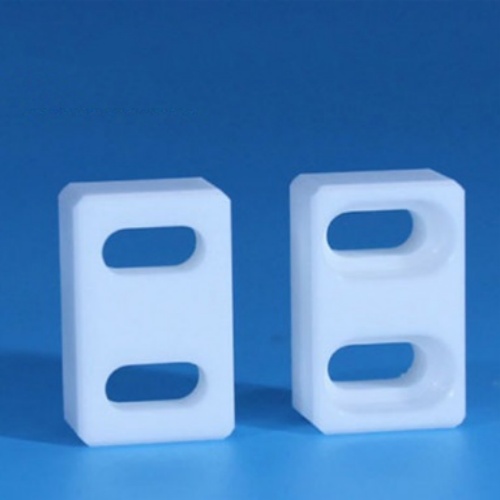
2、 Mechanical performance
-Hardness:
-Aluminum nitride ceramics: The Mohs hardness is 7-8, which is relatively high but lower than that of silicon carbide.
-Silicon carbide ceramics: The Mohs hardness is as high as 9.2-9.3, second only to diamond and cubic boron nitride, and has extremely strong wear resistance.
-Intensity:
-Aluminum nitride ceramic: with a bending strength of 470 MPa and a compressive strength of 2100 MPa, it has high mechanical strength.
-Silicon carbide ceramics: Their bending strength and compressive strength are usually higher than those of aluminum nitride ceramics.
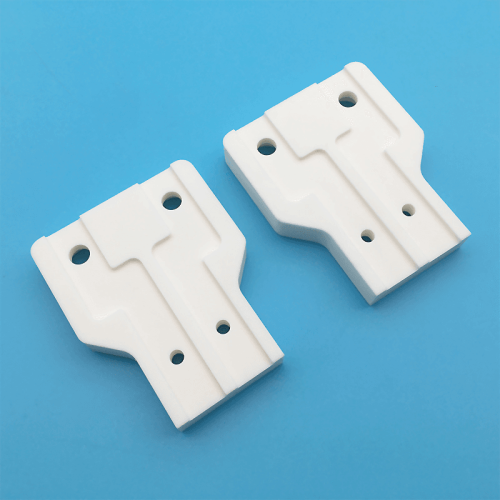
3、 Electrical performance
-Dielectric constant:
-Aluminum nitride ceramics: with a dielectric constant of 8.38 and low dielectric loss, suitable for high-frequency applications.
-Silicon carbide ceramics: dielectric constant up to 40, not suitable for high-frequency applications.
-Insulation performance:
-Aluminum nitride ceramics: have excellent electrical insulation properties, with a volume resistivity of 2.75 × 10 ¹⁴Ω· cm, and can maintain stable insulation performance in high temperature and high humidity environments.
-Silicon carbide ceramics: have semiconductor properties and are not suitable for use as insulation materials.
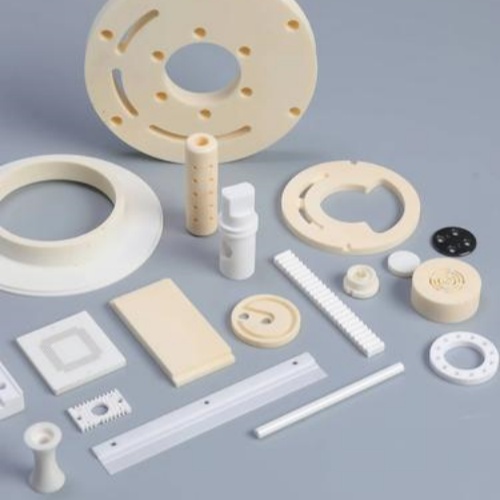
4、 Chemical stability
-Corrosion resistance:
-Aluminum nitride ceramics: have excellent corrosion resistance to most acid-base solutions and chemical gases.
-Silicon carbide ceramics: have high chemical stability, but their resistance to certain strong acids and bases is not as good as aluminum nitride.
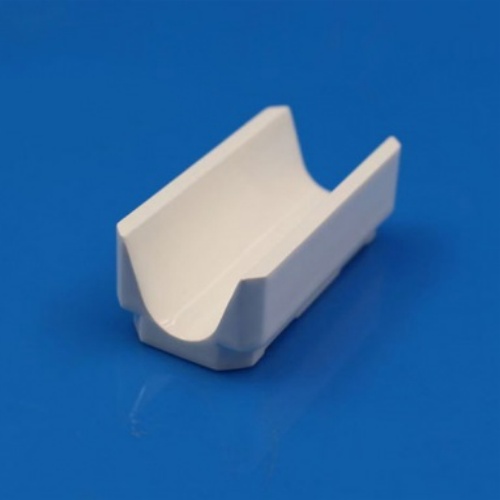
5、 Application scenarios
-Aluminum nitride ceramics:
-Suitable for heat dissipation substrates of high-power electronic devices.
-Commonly used in semiconductor packaging, optoelectronic devices, high-frequency circuits, and other fields.
-Due to its matching thermal expansion coefficient with silicon, it is widely used in semiconductor manufacturing.
-Silicon carbide ceramics:
-Suitable for high wear resistant environments, such as cutting tools, grinding tools, and mechanical components.
-Due to its high thermal conductivity, it can be used as a heat sink for electronic devices.
-Excellent performance in high-temperature environments, commonly used in thermal barrier coatings and high-temperature structural components.
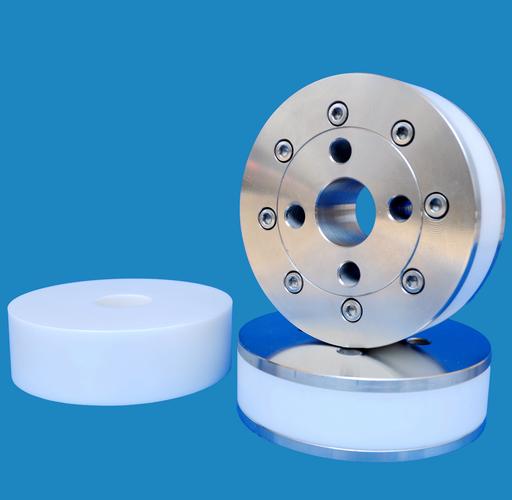
Aluminum nitride ceramics and silicon carbide ceramics each have their own advantages, and the choice of material depends on specific application requirements
-If high thermal conductivity, low dielectric constant, and good insulation performance are required, aluminum nitride ceramics are a better choice.
-If high hardness, high wear resistance, and high thermal conductivity are required, silicon carbide ceramics are more suitable.
In practical applications, it is necessary to balance the comprehensive performance and cost of materials to achieve the best usage effect.
PREVIOUS:Excellent wear resistance and corrosion resistance of aluminum nitride ceramics
CATEGORIES
LATEST NEWS
- What are the applications o...
- What are the uses of silico...
- What are the uses of zircon...
- What are the advantages and...
- What are the advantages of ...
- What are the difficulties i...
- What are the advantages of ...
- The manufacturing method of...
- Application scope of zircon...
- What are the difficulties i...
